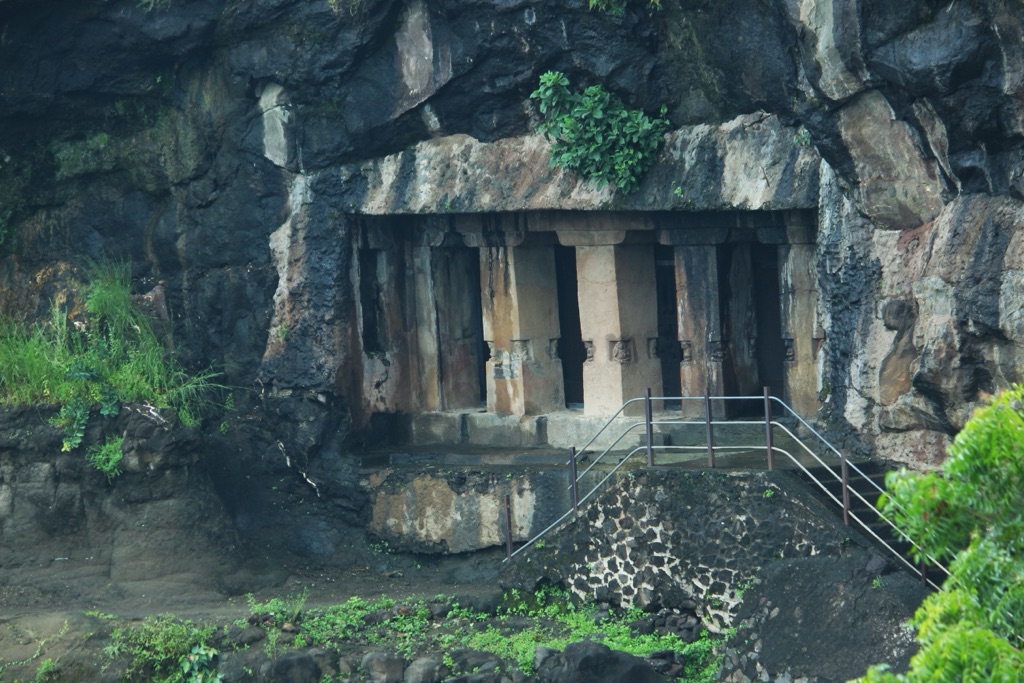The Aurangabad Caves are a group of 12 rock-cut Buddhist shrines located in Aurangabad, Maharashtra, India. They date back to the 6th and 7th centuries AD and are renowned for their stunning architecture and remarkable sculptures. These caves are divided into three separate groups and are known for their iconography and artistic merit, particularly Cave 2, which houses an exquisite sculpture of a Bodhisattva praying for deliverance. The caves offer a rich tapestry of ancient Indian history and religious art, reflecting the Buddhist traditions and the intermingling of Hindu and Jain influences over time.
Get your dose of History via Email
Historical Background of Aurangabad Caves
The Aurangabad Caves were carved out of the soft basalt rock during the 6th and 7th centuries. They were discovered in the early 19th century by a group of British officers. The caves are a testament to the region’s rich cultural heritage and the artistic prowess of ancient Indian craftsmen. They were created during the period when the region was under the influence of various dynasties, including the Vakataka and Chalukya empires.
Historians believe that these caves were built by Buddhist monks who used them as viharas, or monasteries, and chaityas, or prayer halls. The caves have since been the subject of various historical and archaeological studies. They have provided insights into the religious and social dynamics of the time. The caves have also been linked to the nearby Ajanta Caves, suggesting a continuity in rock-cut architecture and religious practices.
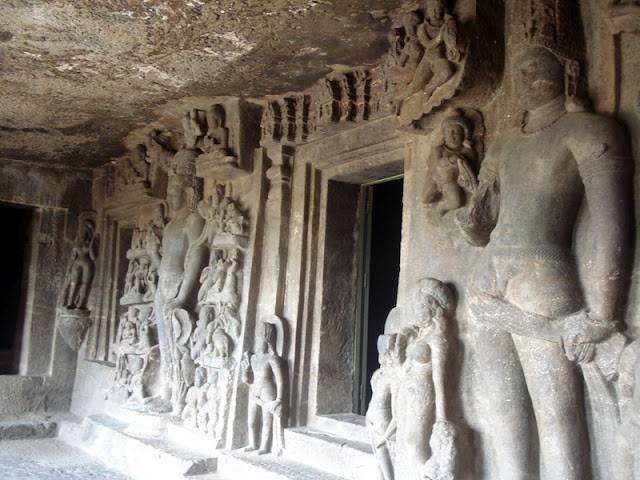
Over the centuries, the caves have witnessed various changes in their use and significance. They have been used for worship, as a retreat for monks, and at times, even as military outposts. The caves have also been the scene of significant historical events, such as the Marathwada movement for independence from the Nizam of Hyderabad in the 20th century.
The caves were not continuously inhabited but served as a monastic complex where monks could live, study, and worship. The presence of inscriptions and the architectural style suggest that the caves had patronage from local rulers, indicating their importance in the region’s political and religious life.
Despite their historical significance, the Aurangabad Caves are less well-known than other rock-cut structures in India. However, they remain an important part of India’s cultural heritage and continue to attract scholars and tourists alike, who are drawn to their artistic and historical value.
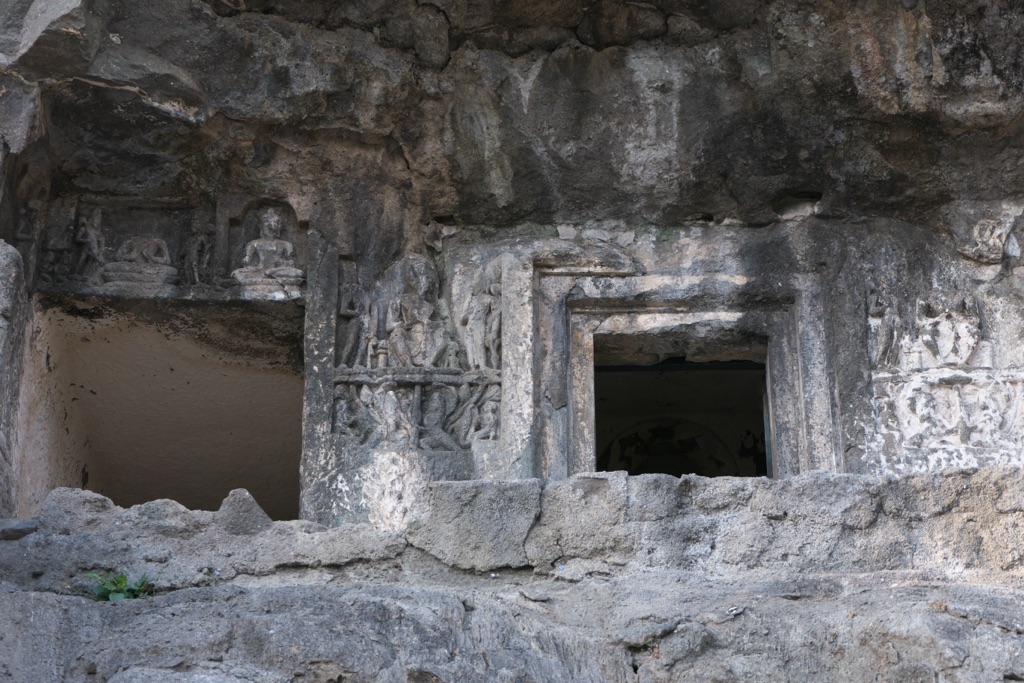
About Aurangabad Caves
The Aurangabad Caves are a series of 12 Buddhist rock-cut structures that offer a glimpse into the religious life of ancient India. The caves are divided into three groups, scattered over a distance, and each group has its own distinct features. The caves are predominantly viharas and chaityas, with elaborate carvings and sculptures adorning the walls and ceilings.
Cave 1 is notable for its large vihara and impressive façade, while Cave 2 houses one of the most elaborate sculptures of a Bodhisattva found in Indian rock-cut architecture. The caves were carved from the volcanic basalt rock, which allowed for the intricate detailing seen in the sculptures and carvings. The architectural highlights include ornate pillars, detailed friezes, and elaborate façades that reflect the skill of the ancient craftsmen.
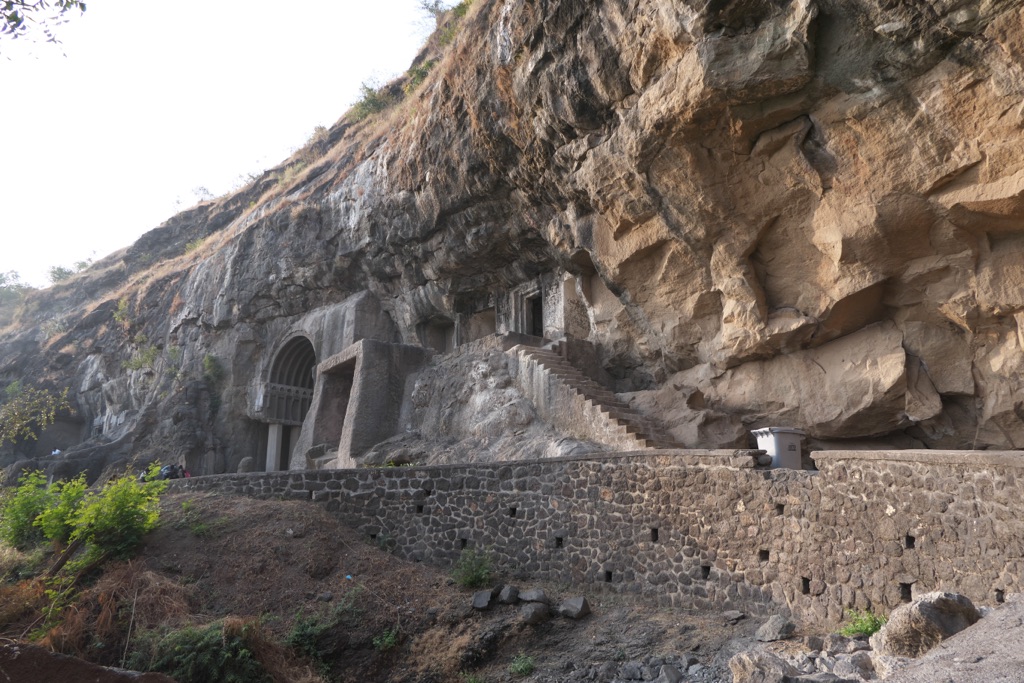
The construction methods of the Aurangabad Caves involved chiseling away the rock from the top to the bottom, a technique known as ‘bench quarrying’. This method allowed the artisans to create the large halls and intricate carvings found within the caves. The use of rock-cut architecture also meant that the structures have withstood the ravages of time relatively well.
The caves exhibit a blend of architectural styles, with influences from earlier Buddhist rock-cut structures as well as later Hindu and Jain elements. This is evident in the iconography and the stylistic elements that can be seen throughout the caves. The interplay of light and shadow was used to enhance the artistic features, creating a dramatic effect on the sculptures and carvings.
The Aurangabad Caves are not only a marvel of ancient engineering but also a canvas that displays the religious and artistic sensibilities of the time. They stand as a testament to the region’s historical importance and the enduring legacy of India’s rock-cut architecture.
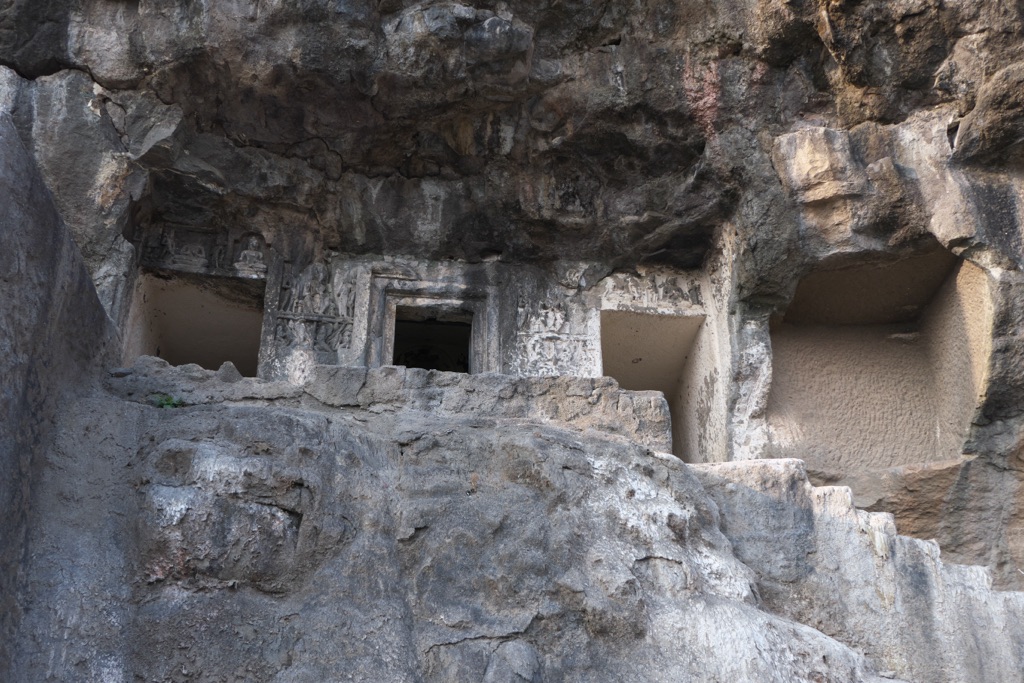
Theories and Interpretations
The Aurangabad Caves have been the subject of various theories and interpretations over the years. Scholars have debated their purpose, the influences on their design, and the meanings behind their intricate carvings. One theory suggests that the caves were an important hub for Buddhist education, attracting monks and scholars from different regions.
Some experts believe that the caves’ iconography indicates a syncretism of Buddhist, Hindu, and Jain traditions. This reflects the complex religious dynamics of the time. The presence of a sculpture of the sun god Surya and the goddesses Ganga and Yamuna in a Buddhist setting supports this theory.
The mystery of the caves extends to the identity of their patrons. While there is evidence of royal patronage, the exact identities of the rulers or wealthy individuals who funded the construction remain unknown. Inscriptions in the caves provide some clues, but they have yet to be fully deciphered and linked to historical records.
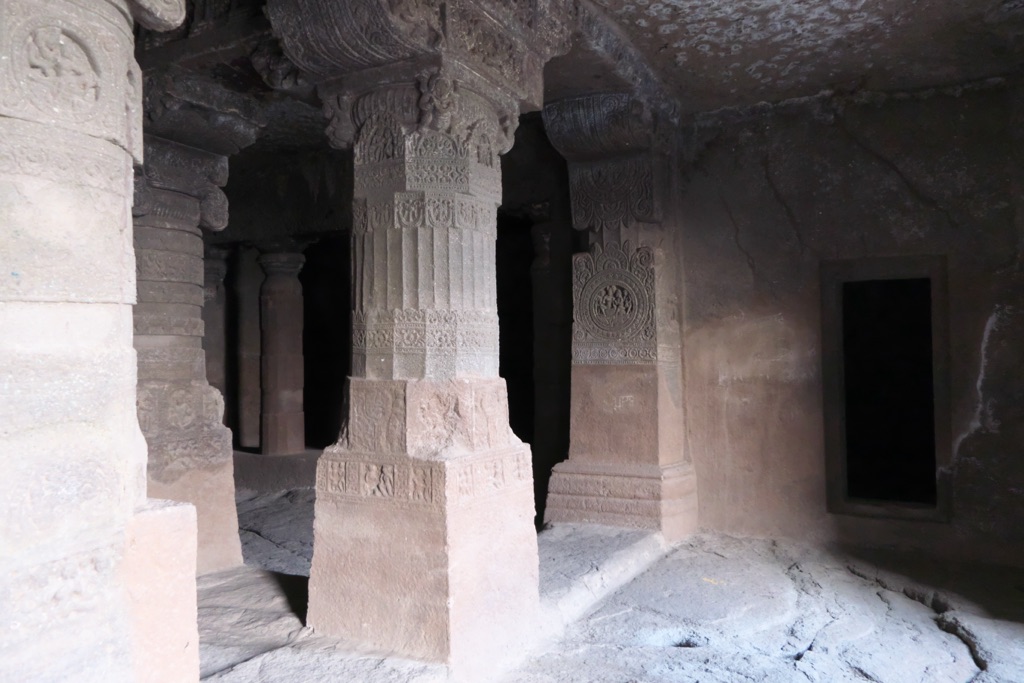
Dating the caves has been a challenge for archaeologists. While the general consensus places them in the 6th and 7th centuries, the exact timeline is still debated. Techniques such as stylistic analysis and comparisons with other contemporary sites have been used to estimate their age.
The Aurangabad Caves continue to be a subject of fascination for historians and archaeologists. Their study provides valuable insights into the religious practices and artistic expressions of ancient India. The caves remain a puzzle, with many aspects yet to be fully understood or discovered.
At a glance
Country: India
Civilization: Various dynasties including the Vakataka Dynasty and Chalukya dynasty
Age: 6th to 7th centuries AD

